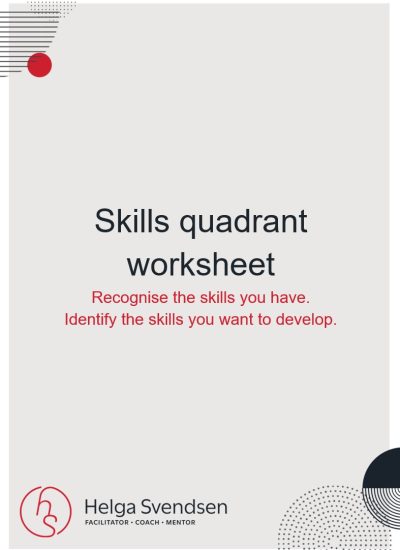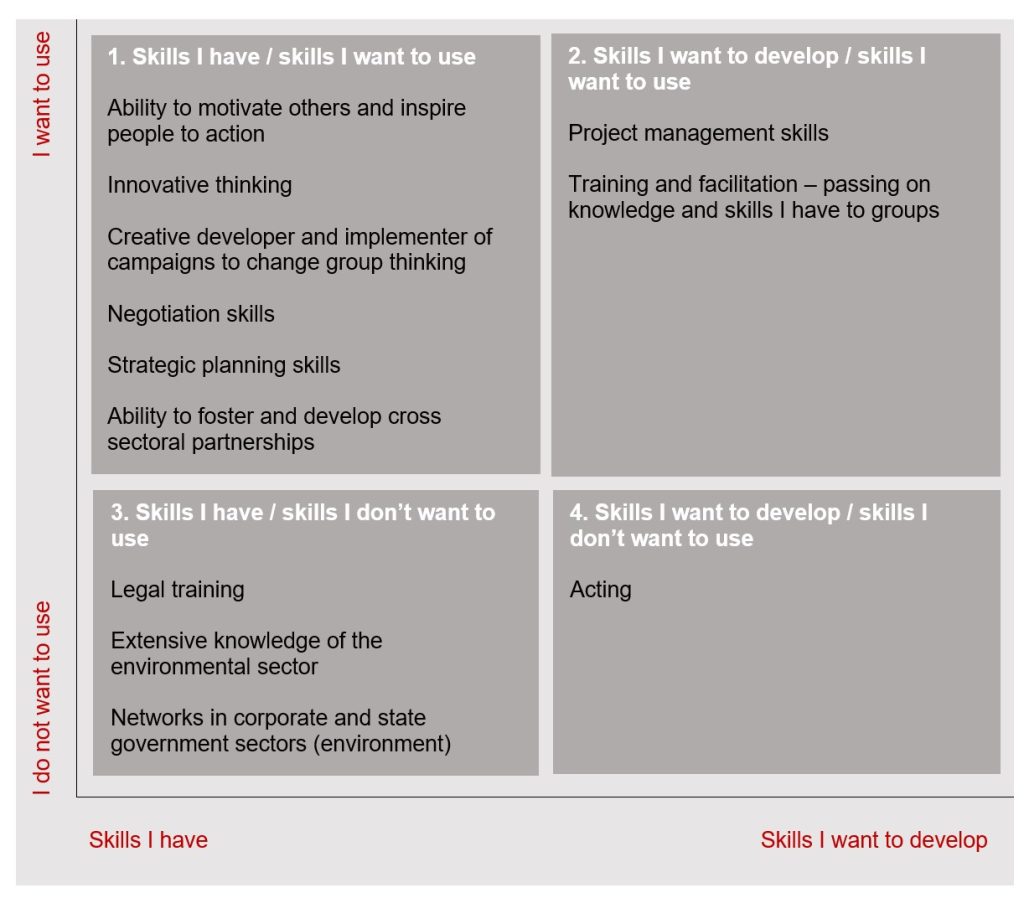Many of my coaching clients are exploring their ‘what next?’. Many have been in their role – or organisation – for a long time. Some even thoroughly enjoy their roles. Yet, that nagging ‘what else is out there for me?’ thought keeps hanging around.
Working out ‘what next?’ can take time. There’s a lot to consider. A certain amount of self-reflection is required. New knowledge is needed.
I sometimes say that it’s like cleaning out the hallway cupboard
With the doors shut, you walk past the crammed-full cupboard for years. It seems fine. Nothing falls out. Some items end up long forgotten. Then, one day, you decide it’s time to tackle it.

‘It won’t take long,’ you say to yourself.
Then you open those doors and pull everything out onto the floor.
‘Why did I start this?!’ you think. ‘It’s more of a mess than I thought!’
Slowly, slowly you start to put things in piles. The things you haven’t used for years go in the ‘give away’ or ‘throw away’ piles. The things that might need some polishing go in the ‘let’s polish it up’ pile.
There are the things that you hold dear and want to keep. They go back in the cupboard. What you want to polish up gets, well, polished, and ends up back in the cupboards. Then you deal with the ‘give away’ or ‘throw away’ piles. The ‘get rid of’ pile is often the biggest!
The same approach is needed when assessing your skills
You need to take the time to look at each skill – one after the other – deciding what to keep and what to let go of.
- What are you good at that you want to keep doing?
- What are you good at that it’s time to let go of?
- What do you need to polish up?
One of the tools I use to explore this with clients is the ‘skills matrix’
A skills matrix is not new. They’ve been around for a long time. Many of you may have come across them when dealing with HR departments. They’re sometimes called a ‘skills framework’ or a ‘competency framework’.
The one I use is pretty straight-forward. I ask my coaching clients to fill in a skills quadrant according to these four categories:
- Skills I have / skills I want to use
- Skills I want to develop / skills I want to use
- Skills I have / skills I don’t want to use
- Skills I want to develop / skills I don’t want to use
Although it’s straight-forward, it isn’t easy. It takes time. My skills matrix quadrant asks clients to fill it out and then sometimes to ask colleagues, family and friends for their feedback. Lots of pulling things out of the cupboard of skills and sorting, with tips on how to read the results.

For Andrea, it was pivotal
Andrea was a journalist by training. When she came to me as a coaching client she was working as an in-house head of communications for a large organisation.
When we went through her skills matrix, she identified that her strengths were in all things communications – comms strategy, presentations, messaging and more. She also identified that she was good at dealing with the media. However, as she put it, “if I never have to deal with a late-night call from a journalist again – or even during the day – I won’t be unhappy!”.
She understood journalists and the media. She’d worked in the space for decades. But she was over it. She also identified that the company she worked for needed more energy in their internal communications. And she was super keen to polish her skills in this area.
So, after our skills matrix session, she went back to the company and suggested they employ a media officer. Fortunately, her company followed her advice! Andrea engaged a media officer. This allowed her to focus more on internal communications, which was sorely needed in the organisation.
Do you have that nagging ‘what’s next?’ thought?
If so, to get you going, here’s an example of a completed skills quadrant. The client is a lawyer, providing environmental solutions to the corporate sector.

Download the skills quadrant worksheet (PDF). You’ll be asked to sign up to both the Take on Board digest and this newsletter. Don’t worry, you won’t send this newsletter to you twice.
Or, draw your own skills quadrant on a big piece of paper. Think about your skills and strengths:
- What do you want to keep?
- What needs to go?
- And what might you want to polish up on?
One thing I do want to point out is that the things in the ‘need to go’ pile are often the things you are really good at. It takes courage to say ‘I’m really good at this thing, but it’s not part of my future’.
Be courageous.
I also want you to know that you can’t have a huge list of things in the ‘to be polished’ pile without having an equal amount in the ‘get rid of’ list.
How did you go?
If you do decide to take the time to fill out your own skills matrix, I’d love to hear about it.
